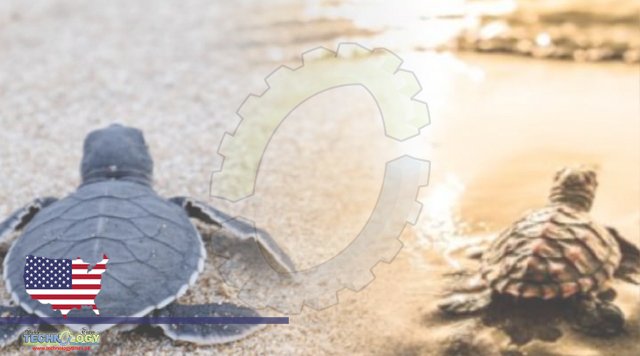The study suggests that leatherback turtle nests may be particularly vulnerable to flooding, which could lead to the loss of turtle breeding grounds.

In the USA, the Dominican Republic, Australia, and Costa Rica, sea turtle breeding grounds may flood as a result of sea level rise, according to a study published in Scientific Reports.
The study suggests that leatherback turtle nests may be particularly vulnerable to flooding, which could lead to the loss of turtle breeding grounds.
Marga Rivas and colleagues calculated the likelihood of flooding at 2,835 sea turtle nesting sites dispersed across seven breeding grounds between 2010 and 2100 using the representative concentration pathways (RCP) 4.5 and 8.5 of the Intergovernmental Panel on Climate Change (IPCC).
Breeding grounds included Mondonguillo Beach in Costa Rica, the Guanahacabibes Peninsula in Cuba, Saona Island in the Dominican Republic, Ecuador’s coast, Raine Island in Australia, St. George Island in Florida, USA, and Sint Eustatius (Caribbean Netherlands).
Five different species of sea turtles—the leatherback, loggerhead, hawksbill, olive ridley, and green—used these areas as breeding grounds. The authors discovered that breeding grounds on flat beaches were most vulnerable to flooding under a moderate emissions scenario (RCP 4.5), with 100% of nests on Raine Island and Saona Island — within breeding grounds at low elevations on flat beaches — estimated to be vulnerable to flooding by 2050.
The authors predict that 100% of nesting locations at Mondonguillo Beach and St. George Island may also be at risk of flooding under the same emissions scenario.
The authors hypothesise that leatherback turtle nests may be particularly vulnerable to flooding within breeding grounds used by multiple turtle species due to differences in the nesting locations preferred by each species.
Hawksbill and green turtles typically nest at higher elevations, closer to dunes and steep cliffs, whereas leatherback turtles typically nest in open areas near the high tide line. The authors predict that by 2050, on average, 50% of leatherback, 18% of hawksbill, and 13% of green turtle nest locations in St. Eustatius may be vulnerable to flooding under a moderate emissions scenario.
The authors hypothesise that sea level rises could result in many sea turtles nesting on flooded beaches and that this could have a detrimental effect on the number of turtles hatching because female sea turtles return to lay their eggs on the same beaches they hatched on.
They point out that it is currently unknown how this will affect sea turtle populations in the long run because more study is required to determine just how quickly turtles will be able to adapt to the flooding of their nesting grounds.
The authors contend that their findings demonstrate the need for measures such as sand replenishment on nesting beaches, nest relocation, and the use of turtle hatcheries to lessen the effects of sea level rise and increase sea turtle resilience.